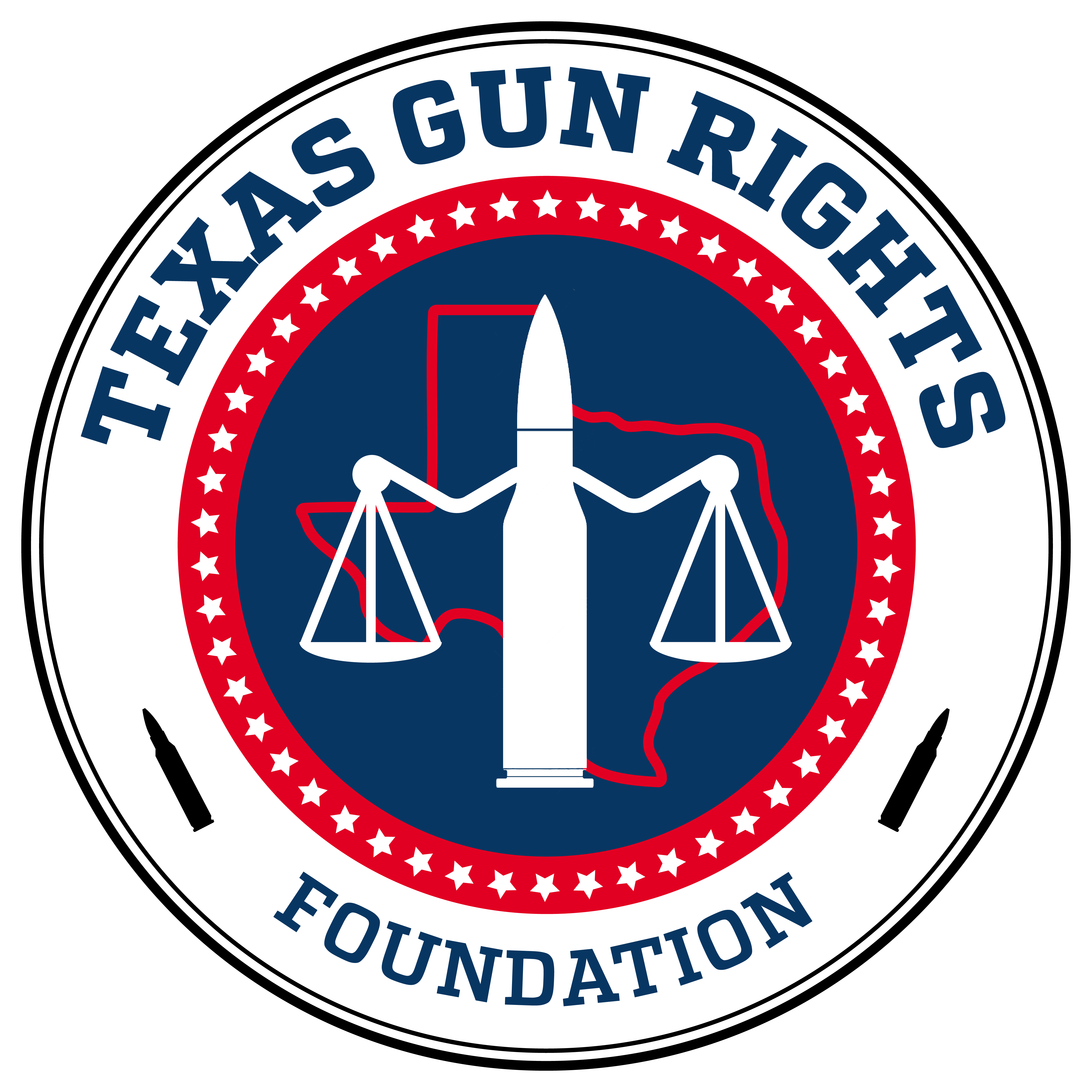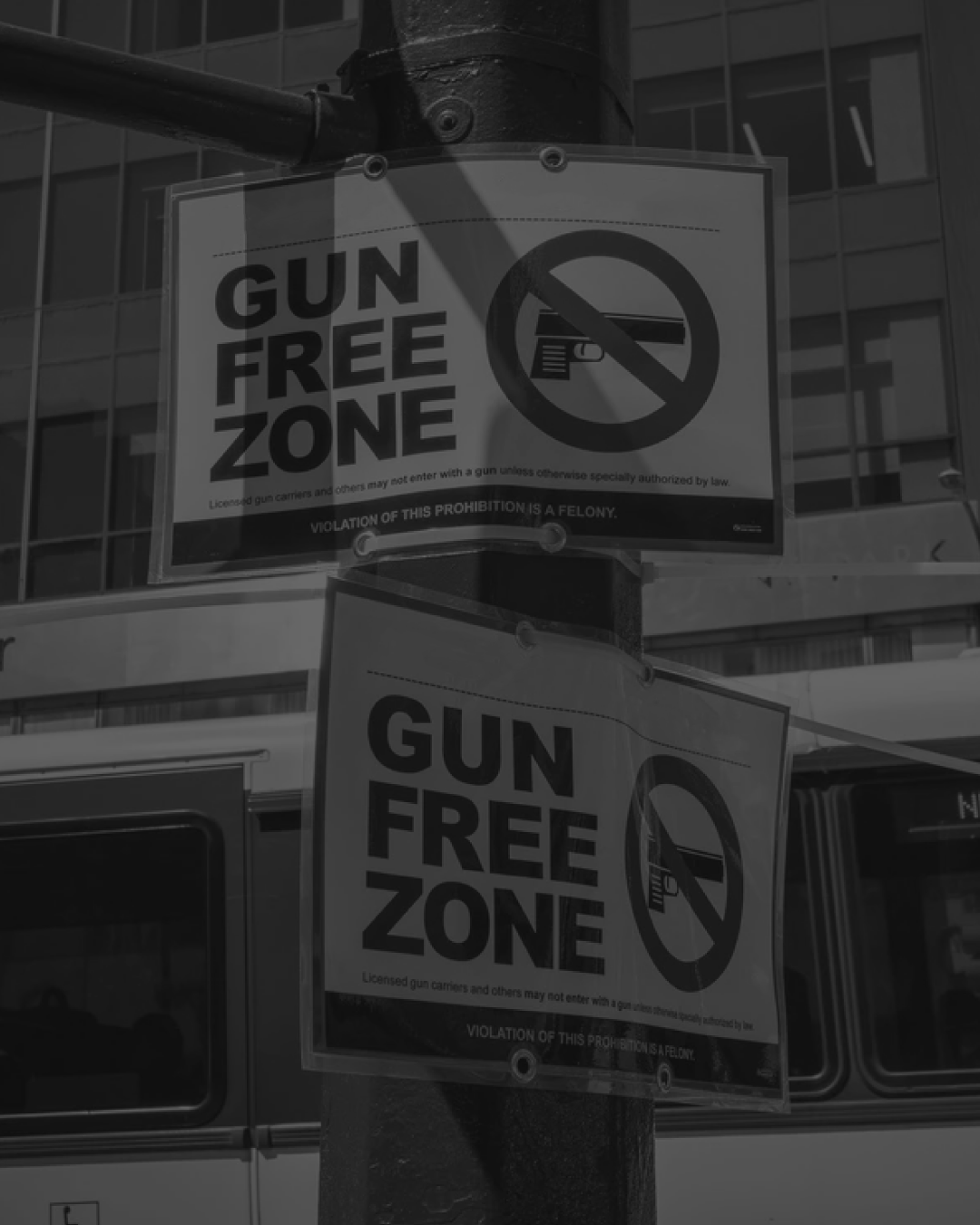The Dangers of “Gun Free” Zones: Protecting Lives and Second Amendment Rights
The concept of “gun free” zones has become a widely debated topic in discussions surrounding gun control and public safety. These designated areas, where firearms are prohibited, are often portrayed as safeguards against gun violence. However, a closer examination reveals that “gun free” zones pose significant dangers and may inadvertently increase the risk of mass shootings. This article explores the dangers of “gun free” zones, highlighting the fact that a staggering 98% of mass shootings since 1950 have occurred in these areas.
Disarming Law-Abiding Citizens
One of the primary concerns with “gun free” zones is that they disarm law-abiding citizens, effectively stripping them of their ability to defend themselves and others. By prohibiting the lawful carry of firearms, these zones create an environment where potential perpetrators are aware that their victims will be unarmed and vulnerable.
Targeting Unarmed and Defenseless Victims
Mass shooters, who often meticulously plan their attacks, are drawn to “gun free” zones precisely because they provide them with a higher chance of success. These zones present an attractive target for individuals seeking to inflict maximum harm, as they know they will encounter minimal resistance. In essence, “gun free” zones inadvertently become soft targets that attract those intent on causing violence, leaving innocent victims defenseless.
Delayed Response from Law Enforcement
While the intent behind establishing “gun free” zones is to increase public safety, the reality is that these areas often experience delays in law enforcement response. In the critical moments during an active shooter situation, every second counts. Unfortunately, the time it takes for law enforcement to arrive on the scene can be the difference between life and death. Allowing law-abiding citizens to exercise their right to carry firearms can serve as an immediate deterrent and potentially minimize casualties by enabling swift response in self-defense.
False Sense of Security
Another danger associated with “gun free” zones is the false sense of security they create. Proponents argue that by prohibiting firearms, these zones prevent gun violence. However, the stark reality is that criminals and individuals intent on committing acts of violence do not abide by these restrictions. By advertising an area as “gun free,” individuals may assume they are safe, unaware of the heightened risk they unknowingly face. This false sense of security can lead to complacency and a lack of preparedness in the face of a potential threat.
Alternative Approaches
Rather than relying solely on “gun free” zones, it is essential to explore alternative approaches to ensure public safety while upholding Second Amendment rights. Promoting responsible firearm ownership, and investing in mental health resources and intervention programs can better address the issue of gun violence. Encouraging individuals to undergo firearms training and education can also empower them to protect themselves and others in critical situations.
Conclusion
The prevalence of mass shootings in “gun free” zones should serve as a wake-up call to reevaluate the effectiveness and unintended consequences of these policies. Disarming law-abiding citizens, creating soft targets, and fostering a false sense of security are inherent dangers associated with these zones. Instead of relying solely on “gun free” zones, policymakers should consider alternative approaches that respect individual rights, empower responsible gun ownership, and prioritize comprehensive strategies to address the root causes of violence. By embracing a balanced and proactive approach, we can work towards a safer society while preserving the fundamental principles enshrined in the Second Amendment.

